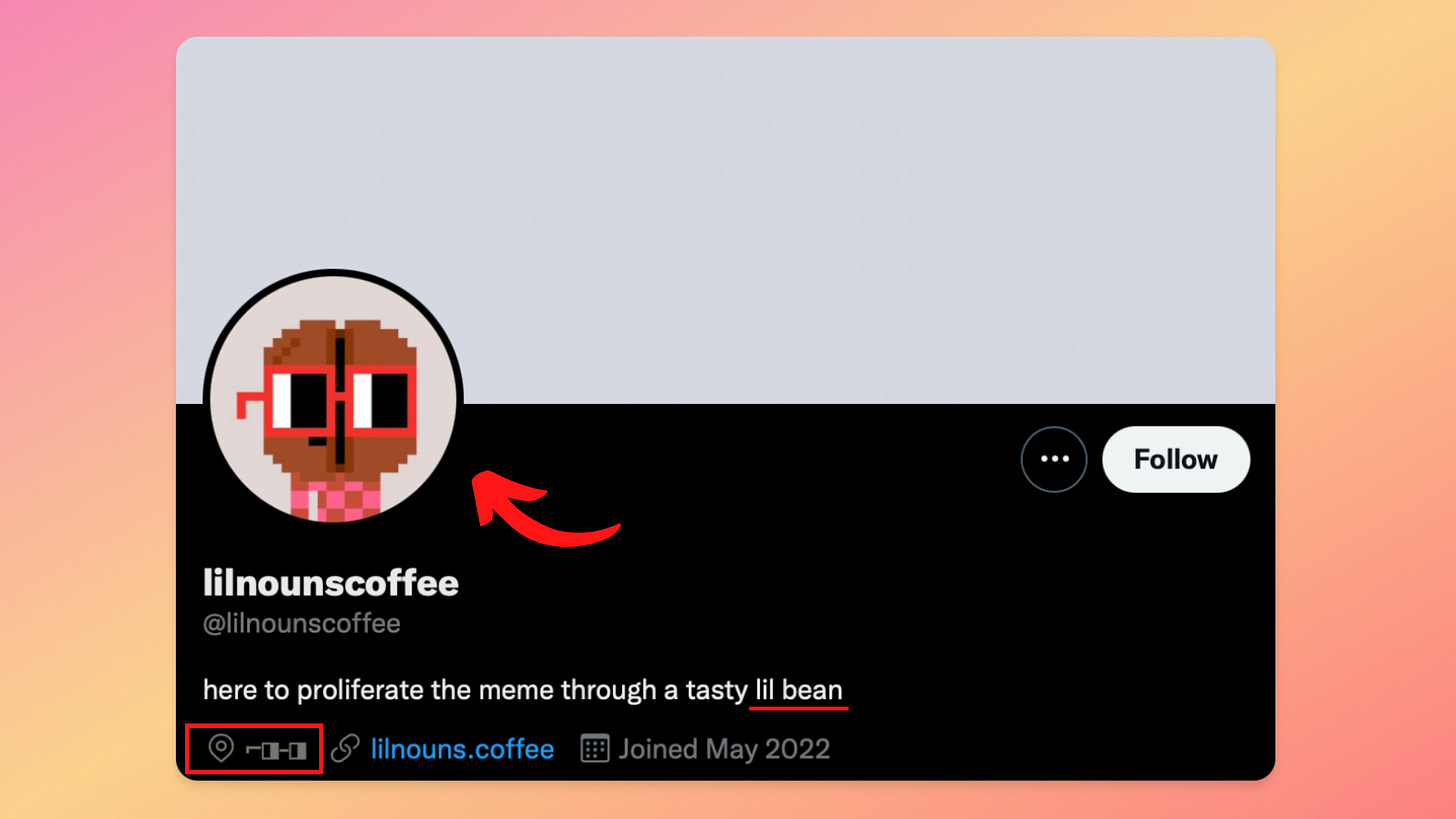3 Steps To Make Your Community Members Know Each Other So That They Can Collaborate Effectively
Hey there - welcome back for a new Deep Dive Monday👋
Today, I will show you how you can make your members know each other to collaborate effectively.
In my experience, for members to participate on a daily basis, they must trust each other. And this is only possible if members know who is who. So it's essential that members can judge a person's trustworthiness online.
Unfortunately, I don't see many community builders optimizing for this…
But trust me - you should. In the physical world, our appearance generally conveys a lot of information (e.g., age, gender, dress, hairstyles, accents, etc.). But it's not the case online. And so the first thing I always tell community managers is this:
Your community is successful if each member can name at least 10 other members.
Because if you succeed at making your members know each other, it will be easier for them to:
- Take actions without community leaders to act as reviewers or the police.
- Evaluate each other (know whom to trust or whom not to trust).
- Form the best alliances to get the desired information.
The good news is that it doesn't require much work. By applying the three simple steps that I’ll show you today, you'll already be ahead of 99%.
1. First, Create A Symbol System.
A symbol system is all the elements members can use to showcase they're "IN."
A great symbol system is usually composed of 4 main elements:
- Ideas (we're all going to make it, a positive-sum game)
- Signs (that can be easily added in a bio twitter such as ⌐◨-◨ or 🔥_🔥)
- Words (gm, wagmi, lftg)
- Images (having an NFT membership as a PFP is the ultimate image symbol)

A Twitter account with
With a symbol system, members will be incentivized to talk to each other, even outside of the defined perimeter of the community.
And this is powerful. Because if members see a “sign” in someone’s Twitter bio for example, they might want to follow them, add them to a list or even send a DM. Giving your members symbols that they can easily share will make it WAY easier for them to recognize each other.
Great symbol system comes form creating a whole universe around your community (naming your members, creating new words, etc.) If you want to see great symbol system in action, I can’t recommend you enough to try joining the Safary and Crypto Coven communities - You won't be disappointed.
2. Then, Give Roles On Discord.
Roles on Discord are the easiest way to give more information about one's activity.
They make it clear to everyone which member is responsible for any given post or action (e.g., curator, marketing team, grant, etc.), and new members can see right away which member is part of which team and who they can trust or not.
As a community manager, you can decide to whom you want to grant a new role, and you can update roles according to the member's behavior in your community.
I suggest you start with five types of roles:
- Mission-based (Curator, grant, etc.)
- Team-based (Marketing, communication, research, etc.)
- Experience-based (New member, core team, active contributor, etc.)
- Interests-based (Tokenomics, design, community, etc.)
- Expertise-based (community building, storytelling, etc.)
This way, anyone can click on someone's profile and see their past work, expertise, and missions in seconds.
3. Finally, Highlight Top Members.
Highlighting top members will instantly grant them a high reputation.
This way, new members can put names behind the community and know who to reach out to in case they have questions.
There are many ways you can highlight your top members, and I’ve recently shared a few example in a tweet:
❌ Unsupported block embed)
An underlying advantage of highlighting top members is that it will add incentives for active and helpful community participation.
That’s a wrap!
To be honest, there are a ton of other things you could do to ensure members know who’s who and know each other’s reputation:
- Make weekly calls
- Create a gratitude channel (so members can see who’s helping the most)
- Onboard members in batches (so they can help each other during the process)
- Create a matching strategy (& introduce them to each other)
- Make a member directory in your Wiki
But if you implement the three elements we discussed in this article, you’ll already have a better community than 99%.
So remember:
- Create a symbol system
- Give roles on Discord
- Highlight top members
And with this, your members will soon trust each other and participate meaningfully.
Chat next Thursday!
– Eliot Couvat (@CDTEliot)


